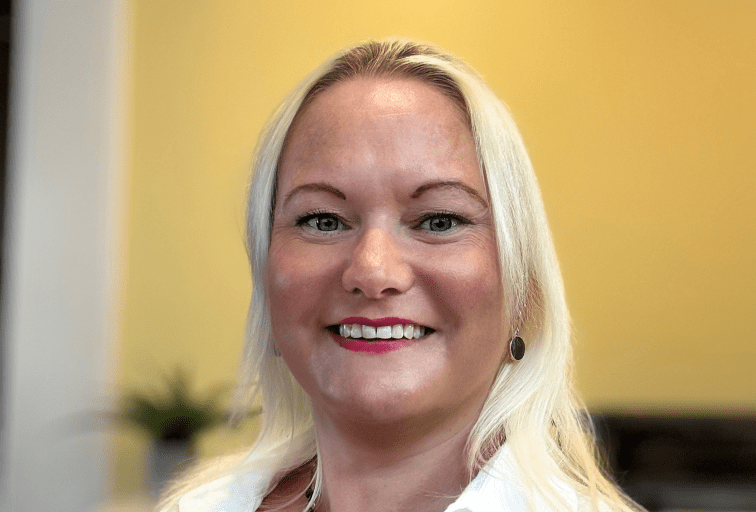Adapting to the Evolving Security Needs of Downtown Spaces

As downtown spaces change, so do security needs. For example, a move from traditional retail to luxury condos offers new opportunities for property managers to adapt their security program. New challenges are arising in our urban areas, and cities and businesses must adapt to threats of workplace violence and cybersecurity risks, as well as social issues like homelessness and substance abuse.
Downtown spaces—comprising commercial hubs, entertainment districts, and residential areas—require adaptive security solutions to balance safety with accessibility. As foot traffic increases and societal shifts such as hybrid work reshape urban dynamics, businesses, municipalities, and security professionals must collaborate on proactive strategies to address evolving threats. According to Municipal Research and Services Center of Washington (MRSC), revitalizing downtown cores goes hand-in-hand with strengthening public safety and social infrastructure.
Key Challenges
Social and Economic Shifts – Post-pandemic changes, including the rise in hybrid and remote work, have altered downtown dynamics, leading to underutilized office spaces and changes in public behavior. The closure of essential social services has contributed to rising vulnerability among certain populations, exacerbating security concerns.
Homelessness and Substance Abuse – Increased visibility of homelessness and drug use has raised concerns about safety, crime, and urban decay. This has impacted the desirability of downtown areas, affecting businesses, foot traffic, and community engagement.
Public Events and Opportunistic Crime – As cities witness a resurgence of large gatherings and events, crowds create opportunities for theft, vandalism, and political or ideological disruptions. Businesses must remain vigilant about risks to their operations, as proximity to targeted organizations or major venues could result in collateral security concerns.
Cyber and Physical Threats – Digital security is becoming as critical as physical security. Businesses must protect sensitive data while implementing physical security measures, as cyber threats pose risks to operational integrity.
Extreme Weather and Crisis Preparedness – Climate-related incidents and unforeseen emergencies necessitate adaptive response protocols and resilience planning.
Businesses must pivot from reactive to proactive security measures. Forward-thinking organizations are investing in advanced security monitoring that allows key stakeholders to always know what’s happening within the facility by leveraging:
Remote Surveillance and AI Analytics – Artificial intelligence (AI) monitoring enhances real-time threat analysis, optimizing security personnel placement and resource allocation.
Risk Management and Threat Monitoring – Continuous assessment of economic, political, and social risks helps businesses prepare for evolving challenges.
Security Training and Awareness – Investing in awareness and specialized training fosters supportive strategies and resilience in your teams.
Businesses that integrate proactive security strategies benefit from long-term resilience, cost-effective solutions, and adaptable frameworks that evolve with technological advancements. As Harvard’s Data-Smart Cities points out, urban security must evolve with the digital layers of cities to remain effective.
Take the following actions now to benefit from cost-effective strategies and adaptive frameworks that protect people and reputations before crises arise.
Regular Security Reviews – Evaluate your security programs periodically to anticipate emerging risks.
Security in Project Planning – Integrate security considerations from the outset to future-proof initiatives.
Engagement with Experts – Work with trusted security partners who understand your unique challenges and provide adaptive solutions.
Ellie Hughes, Security Industry Professional
Ellie Hughes builds strong relationships to drive effective partnerships. With a background in law enforcement, she brings a unique perspective to sales leadership, applying problem-solving skills to manage risk and create safer commercial environments.
Connect on CREWbiz